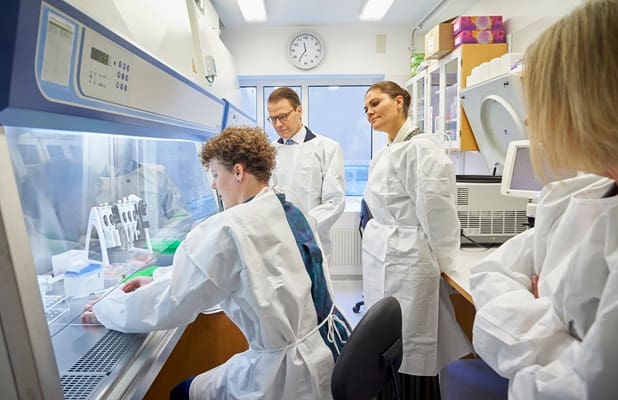Whenever your company entertains the idea of introducing a new drug to the market, it can feel like a high-stakes endeavor. After all, you’re spending a lot of money on something that might not actually work. So many medications fail after the phase three clinical trials because of some unacceptable problem.
The purpose of this post is to provide you with some key considerations for whether you should move forward. The aim isn’t to put you off, but to be down to earth about what’s achievable and the real state of the industry.
Median costs tend to be lower than cited
You’l often see publishers post the average cost of drug development. However, the structure of the distribution means that there are a few high-cost developments that skew the results.
If you actually look at the median cost of developing a drug, it is actually around a third of what the industry cites. Usually, the big players make it seem like getting into the market is more expensive than it is, simply because they don’t want small upstarts coming in and dominating.
Cost of failure causes most expenses
Another factor is the cost of failure. This element actually causes the lion’s share of expenses, mainly because most drugs don’t hit the market.
Figuring out whether a new drug is going to work and pass all clinical trials is challenging. However, you could get more insight with a Delphi panel. These bring together experts to carry out methods that determine the feasibility of your projects, if any.
Public funding can reduce the burden
You should also think about whether public funding could reduce the burden in some way. Many entrepreneurs assume that they are on their own, but that isn’t always the case. In many situations, it is the public purse that carries drugs over the line, simply because there is so much public interest in developing them and bringing them to market.
For example, it is often possible to get NIH funding for many drug classes. It is also possible to get funding from other grants, as long as you know where to look.
AI is cutting costs
Another factor to consider is the idea that AI is cutting costs. The rise of technology is making drug development significantly cheaper than before.
Partnerships between big pharma and biotech are having an impact right now. The idea is to streamline the drug development process leveraging predictive models that work.
Smaller firms have lower development costs
You should also consider the fact that many smaller firms (like the one you no doubt operate) have different challenges. Usually, their development costs come in significantly lower, partly because of favorable rules. Big companies can spend billions, but smaller brands may only need to find a nine-figure sum to develop their drug.
So there you have it: some of the reasons why it might not be too costly to develop the drug you want, even if you operate a small outfit. Costs will still be high, but not excessive in many cases with careful planning.






Leave a Comment